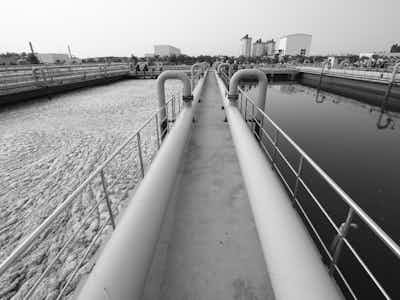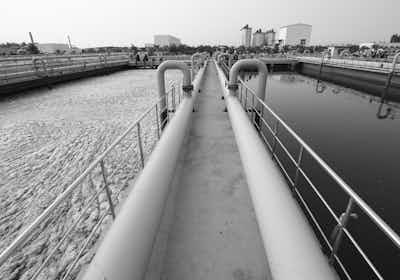In terms of Environmental, Social and Governance (ESG) obligations, water utilities are frequently less likely to be challenged by the Social and Governance components of their responsibilities than they are in their response to the Environmental component. While this may at first glance appear to be an outrageous statement, the consideration of civic and employee responsibilities such as community relations, health and well-being, gender and diversity inclusiveness etc. is something that every utility recognises as a critical component of their business. Similarly, good governance incorporating an effective board, appropriate probity and best practices in procurement, hiring and decision-making are essential to the success of any organisation.
Environmental Governance on the other hand, is a continuing challenge for the water industry as water and wastewater utilities around the world focus on their strategies and actions to support the sustainable development goals (SDGs) and work to maintain their social licence to operate.
Unlike mining, manufacturing and the oil and gas sectors, water utilities provide an essential service and are required to constantly deal with environmental challenges specific to their regions. These include local water sources, terrain, weather and of course their end-users who require safe and reliable water delivery and wastewater service irrespective of the conditions.
There are numerous initiatives in place including:
net zero emissions (including carbon and other greenhouse gas releases);
energy self-sufficient treatment plants (using renewable energy through solar, mini-hydro, biogas generation, cogeneration and wind);
reducing non-revenue water (NRW);
reducing air pollution and odour; and
recovering nutrients from wastewater.

Much of the attention on environmental governance focuses on those assets critical to water supply and treatment and the performance of wastewater treatment plants. However, one of the most frequently overlooked assets is the sewer network where the environmental impact can be significant.
In particular, the risk of methane generation in sewer networks including lineal infrastructure such as pumping stations, and its consequential contribution to climate change is often under-valued and poorly understood.
In recent times, issues related to sewer networks have been primarily about asset management, odour, corrosion and safety issues. In May 2022, the Water Services Association of Australia (WSAA) made available for public comment its Guidelines for Potentially Explosive Atmospheres, a guideline for the management of explosive atmospheres in wastewater infrastructures. While not specifically focussing on the environmental risks associated with methane gas and nitrous oxide emissions from networks, there is no doubt that from an environmental governance perspective the management of fugitive gas emissions from network systems is a significant greenhouse issue.
It is over ten years since the Urban Water Security Research Alliance, a partnership between the Queensland Government, the CSIRO, Griffith University and the University of Queensland published a Technical Report on Energy and Greenhouse Gas Emissions in which it stated that diffuse greenhouse gas emissions are potentially much greater than energy use for the sector with the main sources being reservoirs and wastewater treatment and handling.
From an environmental governance context, utilities are seeking the most effective ways to measure and minimise greenhouse gas emission from their sewer networks including ways to better understand the carbon footprint of their sewer networks and safety risks associated with those emissions.
Envirosuite’s SeweX, an advanced mathematical modelling tool describing the physical, chemical and biological processes in sewers, can model and predict with great accuracy where methane will be potentially generated.
Corrosion, odour and safety issues related to sulphide and methane are often only discovered after costly asset failure. Network monitoring using SeweX as a proactive management tool will help utilities understand and respond to issues more rapidly and effectively and assess potential treatment options.
The first step to managing Environmental Governance is having the information at hand to understand the entity’s impact. SeweX is a tool to help water utilities understand the greenhouse gas impact from the sewer network and model mitigating solutions, providing greater certainty to decision makers that investment is making meaningful change.
About the contributor:
Sabina Todd
APAC Regional General Manager & Vice President
Sabina is a business leader and engineer by training with 20 years of experience across public and private sectors. As Envirosuite’s Regional General Manager & Vice President for APAC and a member of the Executive Leadership Team, Sabina drives the region’s strategy to achieve business growth and to solve complex challenges for our clients – with simplified data intelligence.
